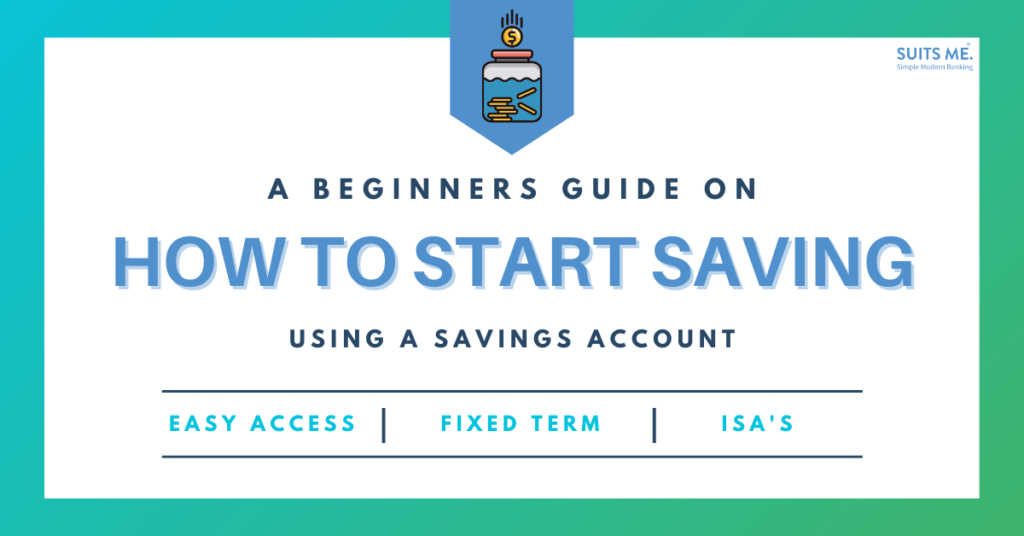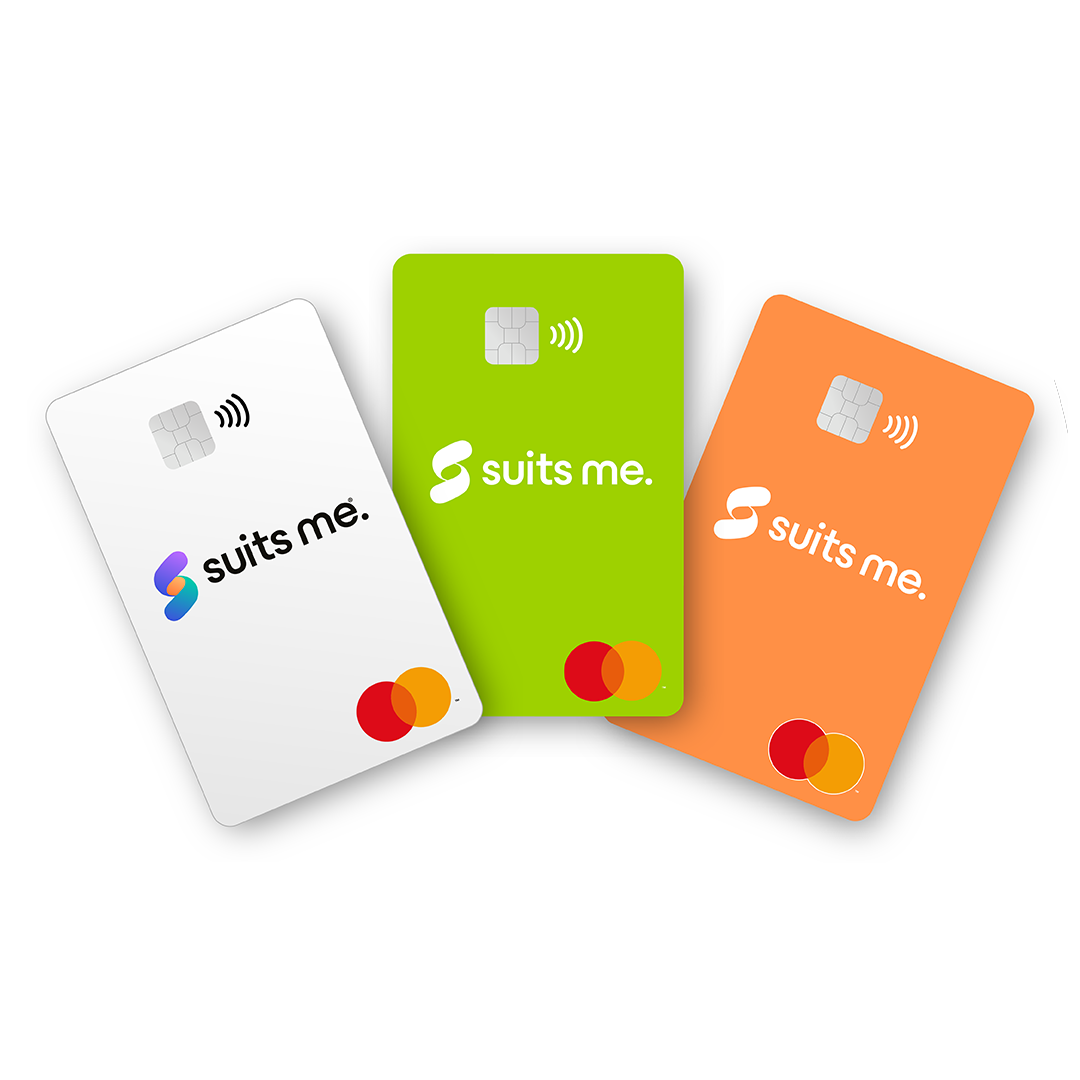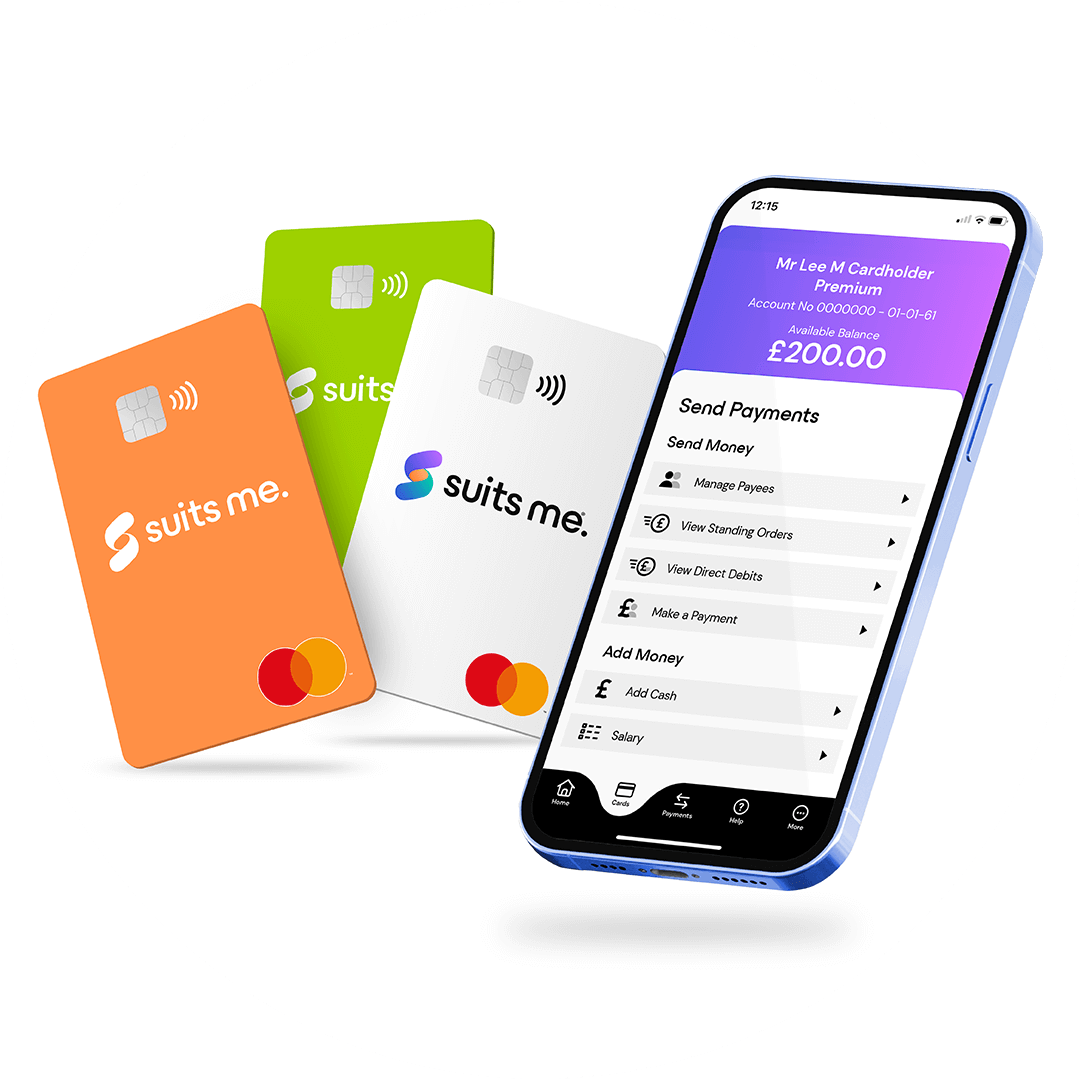
Saving money can feel overwhelming and out of reach, especially if you’re just trying to cover life’s daily costs. You might wonder, ‘How can I start saving when there’s barely anything left over at the end of the month?’
Many of us find it hard to build up savings, but you don’t need to be perfect or wealthy to start. This guide will walk you through how to start saving money with practical steps, helping you feel more confident about your money and your future, even if you’re starting small.
Why Saving Matters
Saving money puts cash aside for a rainy day. It gives you breathing room so you feel less stressed when life throws you a curveball. You never know when unexpected costs are going to pop up. Small savings can help with:
- Covering surprise costs like the car breaking down or boiler repairs
- Saving for something exciting, like a holiday or a new car, to avoid that massive payout all at once
- Feeling more confident in handling life’s ups and downs, even if your income is modest
- Reducing the money stress that keeps you up at night
And here’s the key to saving: small steps really do count. You don’t need to save hundreds each month. Even small, regular savings make a difference over time.
5 Simple Steps to Start Saving Money
- Track Where Your Money Goes
Before you can save, you need to know where your money’s going. Try jotting down your spending for a couple of weeks – bills, food shopping, eating out, takeaways, treats, and subscriptions.
Why it matters: Once you see your patterns, you can spot small areas to adjust – for example, you might decide to only have one takeaway a month instead of one every week, or cancel that subscription you forgot you had.
- Set a Clear, Achievable Goal
Give your savings a purpose. Instead of saying “I should save more”, give your savings pot a name like “emergency fund” or “holiday pot”.
Research shows that people who set a clear reason for their savings, like “£500 for an emergency” or “£1,000 for a holiday”, end up saving more, sometimes up to 20% more, than those who just save without a plan. Having a clear goal helps keep you motivated and makes it easier to stick to it.
Tip: Start small and let it build. The act of saving is more important than the amount. It’ll add up before you know it.
- Automate Where Possible
Make saving easier by setting up small automatic transfers.
- You can arrange a standing order to move a little money into your savings account each time you get paid.
- Some apps or accounts even let you “round up” your spending and save the spare change automatically.
You can start saving with your Suits Me account by setting up recurring transfers from your main account balance to a savings account right through the Suits Me app or online banking. You can also set up standing orders to make sure money moves automatically without you having to think about it.
Why it works: If you don’t see the money, you won’t miss it or be tempted to spend it.
- Look for Small Wins
You don’t have to overhaul your life. Focus on small improvements like switching to budget-friendly brands or planning meals and writing a shopping list to avoid impulse purchases.
Remember: Every pound saved adds up.
- Make It Fun with Challenges
Try small saving challenges to stay motivated:
- A no-spend day each week.
- A weekly savings jar for spare change.
- A 52-week challenge, adding a little more each week.
Why it helps: Turning saving into a fun challenge helps keep you motivated and makes it easier to stick with over time.

Can You Save Money on a Low Income?
Absolutely, but go easy on yourself. Progress might be slow, and that’s okay. Focus on:
- Small, consistent actions: Round-up purchases or save small.
- Avoiding fees and debt: Sometimes saving is about protecting what you already have.
- Checking if you qualify for discounts or benefits.
Which Savings Options Are Right for You?
You don’t need a fancy product to start saving. Many people use Suits Me accounts as their secondary accounts for saving up for holidays.
Unfamiliar with ISAs or regular savings accounts? Many people find their best first step is simply building small, consistent deposits in an accessible account like Suits Me – for savings without anything too complicated.
Helpful Tools and Resources
- Explore free budgeting apps like Snoop or Money Dashboard.
- Check out savings accounts with no fees or minimum deposits.
- Join community savings groups and online challenges for extra motivation.
Ready to start saving? Learning how to start saving money builds on creating simple habits that develop over time. Start small, stay consistent and remember to celebrate your progress.
FAQs
How much should I aim to save each month?
Start with whatever you can afford – even £5-£10 a week makes a difference. Focus on building the habit first; you can increase the amount later.
What’s the best way to save money on a low income?
Focus on micro-savings (small amounts like rounding-up purchases), cutting avoidable expenses and looking for government support and benefits.
Where should I keep my savings?
A separate savings account works best so you’re less tempted to spend it. Look for no-fee, no-minimum-deposit options with easy access when needed.
What if I can’t save every month?
That’s okay. Life happens. Focus on getting back on track when you can – saving is a long-term habit, not an all-or-nothing goal.


